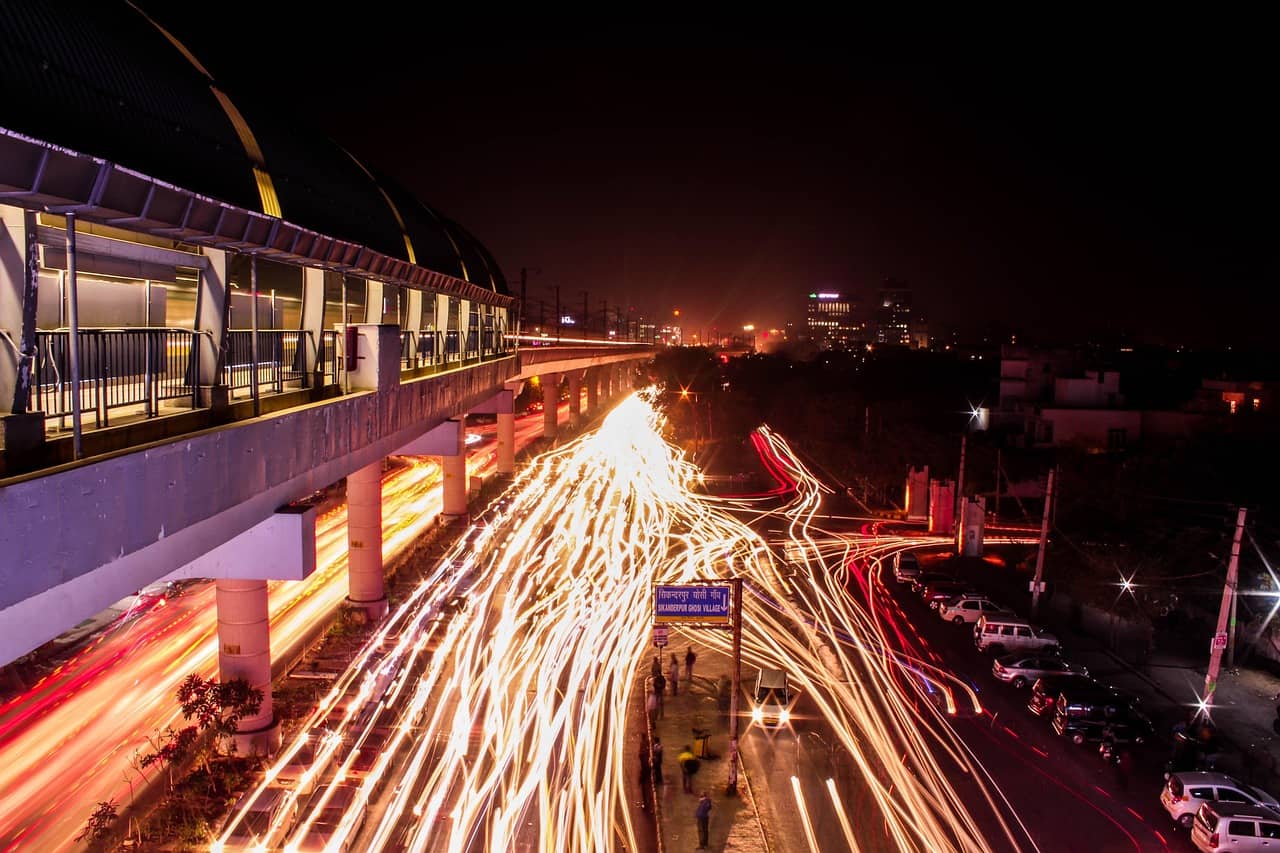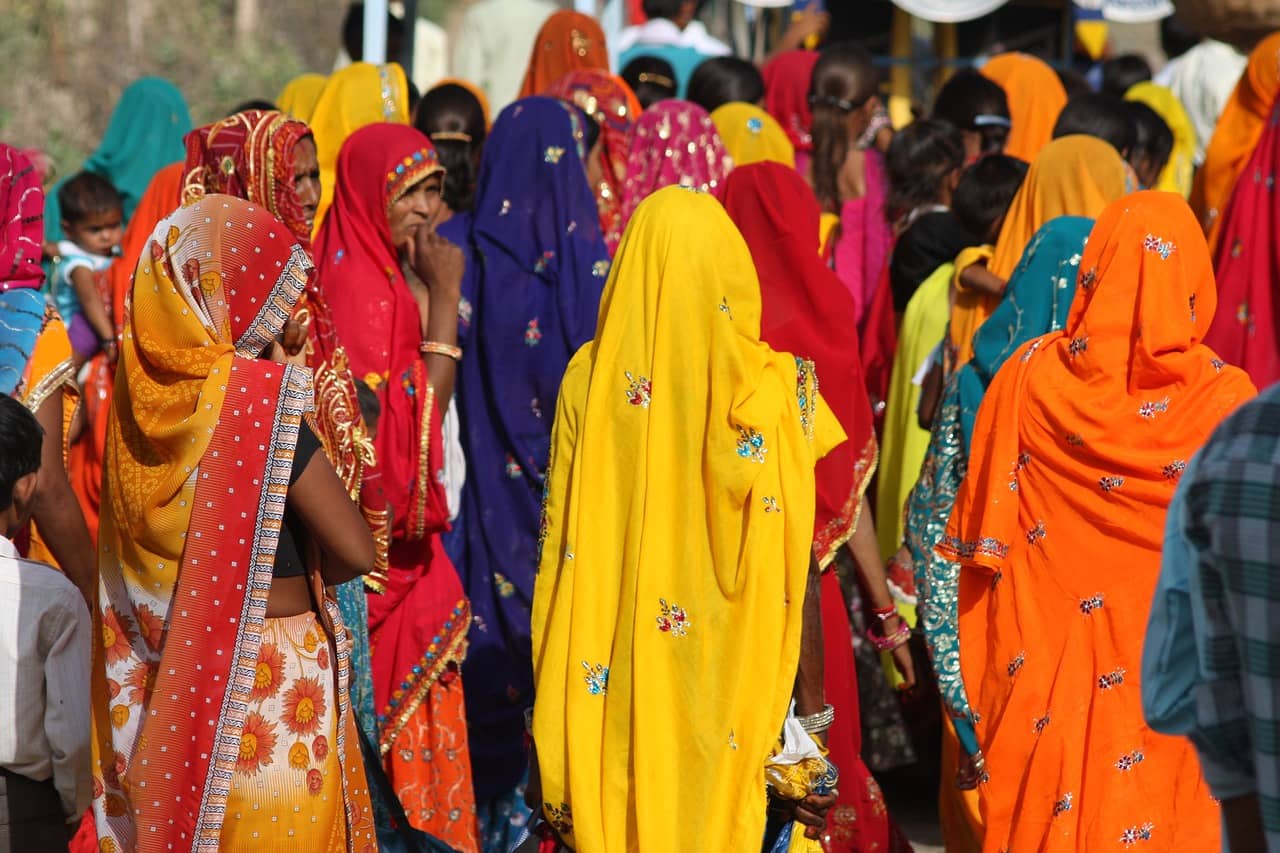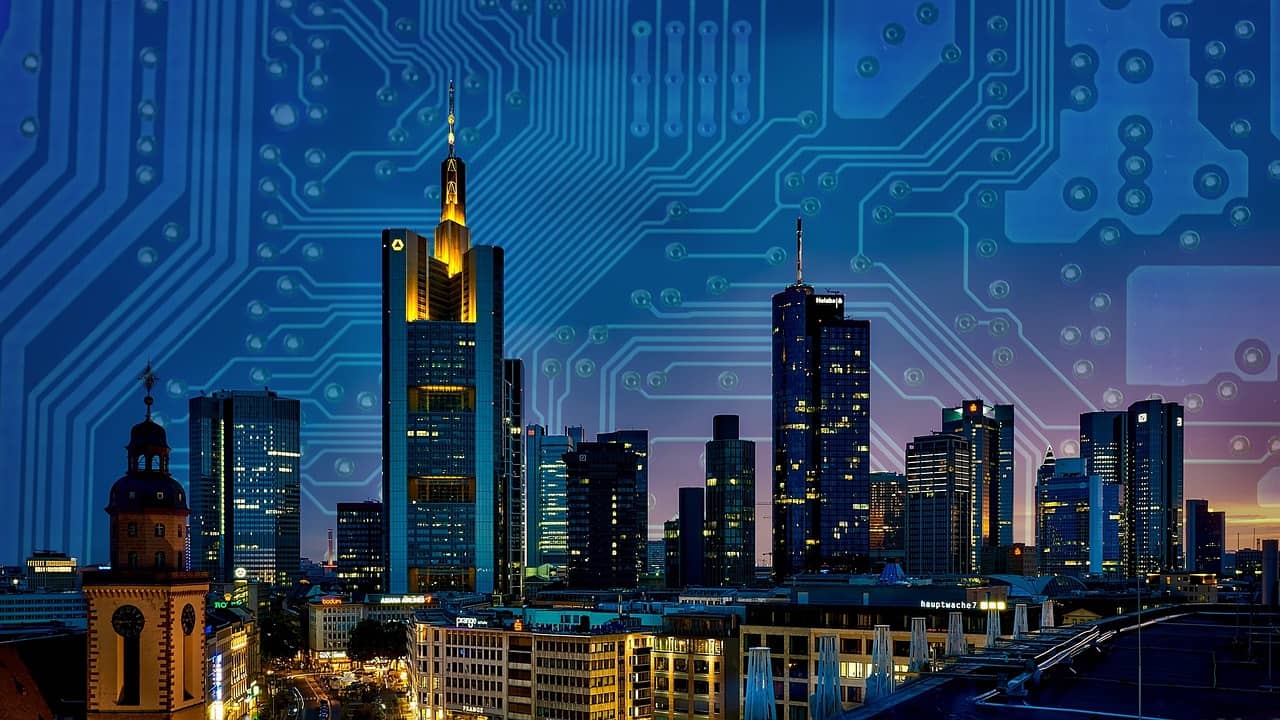A PESTEL analysis is a framework for analyzing the various factors that can affect the performance and operations of a business, organization or even a city. These factors include Political, Economic, Sociocultural, Technological, Environmental, and Legal factors. Here’s an overview of PESTEL analysis of Indian cities:
Political factors
Cities in India are often subject to the policies and regulations set by the national government, as well as by state and local governments. This can include regulations related to land use, zoning, transportation, and public services, as well as policies related to infrastructure development, urban planning, and public-private partnerships.
Large cities like Mumbai, Delhi, and Kolkata are typically politically active and have a mix of political parties represented in local government. These cities also tend to have a higher voter turnout compared to smaller towns and rural areas.
In smaller cities and towns, local politics is often dominated by regional parties and independent candidates, rather than national parties.
Cities with a strong economy and robust infrastructure tend to be more politically stable. On the other hand, cities facing economic challenges and infrastructure issues often experience more political turmoil.
Furthermore, Political scenario at the state level have a huge impact on the local cities and towns as well. Indian Political scenario is very dynamic and diverse, with multiple parties vying for power at the state and national level.
Economic factors
Cities in India are major drivers of the country’s economic growth and are home to many of India’s key industries, such as manufacturing, services, and construction. Economic factors that can impact cities in India include GDP growth, inflation, and the availability of credit and financial services.
ndia is a diverse country with a wide range of economic conditions across its cities. Some cities have a strong and growing economy, while others are facing economic challenges.
Large cities such as Mumbai, Delhi, and Bengaluru have a strong economy and are home to a large number of businesses and industries. These cities also tend to have a higher per capita income and a higher standard of living compared to smaller towns and rural areas.
In contrast, smaller cities and towns often have a weaker economy and a lower standard of living. Many of these cities and towns are dependent on agriculture and small-scale industries for their livelihoods.
India’s fast-growing tier-II and tier-III cities are increasingly becoming attractive to foreign investors and showing great potentials to grow further. These cities are rich in human capital, have a large consumer market. Hence, they are less expensive to operate in than the larger Tier I cities.
Economic development in cities is also affected by various factors such as the availability of infrastructure and resources. It is affected by the level of education and skill of the local population, and the presence of economic opportunities and industry.
Also worth noting, Economic development and opportunities for these cities is also affected by the policies, regulations and investment environment set by the central and state government.
Sociocultural factors
Cities in India are diverse and are home to many different ethnic and religious groups. Socio-cultural factors can include issues related to poverty and inequality. These factors also account for demographic trends such as population growth and urbanization.
Each city has its own unique sociocultural identity, shaped by factors such as history, geography, and the local population’s way of life.
Large cities such as Mumbai, Delhi, and Kolkata are melting pots of different cultures and religions. These cities are known for their vibrant street life and festivals. They are also more cosmopolitan and open to different lifestyles and ways of thinking, compared to smaller towns and rural areas.
Smaller cities and towns tend to be more homogeneous in terms of culture and religion. They often have a more traditional way of life. Cities like Varanasi, Jaipur, and Kota have strong historical, cultural, and religious significance. These factors shape the sociocultural identity of the city.
India’s fast-growing tier-II and tier-III cities are increasingly becoming exposed to the world culture and showing great potentials to grow further. However, as these cities are relatively new, their sociocultural identity is still evolving. It is influenced by the locals, migrants and the modernization taking place.
Sociocultural development in cities also affected by various factors such as the availability of resources, education and accessibility to information, and the presence of social opportunities.
It’s worth mentioning that Indian cities are widely diverse in terms of languages spoken, customs, and traditions. Even within a single city, different neighbourhoods may have vastly different sociocultural characteristics.
Technological factors
India is rapidly advancing in terms of technology. This is reflected in the technology infrastructure and usage in its cities. Cities in India are increasingly adopting new technologies to improve the delivery of public services, to manage traffic and transportation, and to reduce pollution. These can include smart city technologies such as internet of things (IoT), big data analytics and 5G networks.
Large cities such as Mumbai, Delhi, and Bengaluru are known for their well-developed technology infrastructure and a large pool of skilled workers in the technology sector. These cities are home to many technology companies, startups, and research and development centers. They are also known for having a large number of young, tech-savvy population.
In smaller cities and towns, the technology infrastructure is not as well-developed, but the use of technology is growing. Many of these cities and towns are also seeing an increase in the number of technology-related businesses and job opportunities.
Technology adoption has been increasing rapidly in the recent years. Government policies and initiatives have been designed to increase digital literacy and connectivity in cities. This has also opened new opportunities for digital services, e-commerce, and startups in various sectors.
In addition, India has also been pushing for smart cities. Smart cities promote the use of technology to improve urban infrastructure and services such as transportation, energy, and healthcare.
Environmental factors
Cities in India are facing a number of environmental challenges. The most pressing challenges air and water pollution, waste management, climate change, and loss of green spaces. These issues can have an impact on public health and can also affect the availability of resources such as water and electricity. Such problems are particularly acute in large cities such as Mumbai, Delhi, and Kolkata. These cities have a high population density and rapid urbanization.
Air pollution is a major problem in many Indian cities. This is due to factors such as high levels of vehicle emissions, industrial activities, and the burning of fossil fuels. Air pollution in Indian cities is among the highest in the world.
Water pollution is another serious problem in Indian cities. Many of the country’s rivers and lakes are heavily polluted due to untreated sewage and industrial waste.
Waste management is also a major issue in Indian cities. Most cities have inadequate infrastructure for waste collection, transportation, and disposal. This leads to the buildup of garbage in urban areas.
India’s fast-growing tier-II and tier-III cities are also facing similar environmental challenges. These cities are increasingly becoming polluted as well, but with less attention and less resources to solve them.
Additionally, many Indian cities have lost green spaces and natural habitats due to urbanization and development. This has led to a decline in biodiversity. Besides, it can have negative impacts on the health and well-being of the urban population.
Steps to mitigate environmental risks
India has been taking steps towards sustainable urban development and promoting the use of renewable energy and green technologies to address these environmental challenges. In recent years, several initiatives have been launched to make Indian cities more environmentally friendly. These initiaives include promoting electric vehicles and investing in public transportation systems. However, much more needs to be done to ensure the long-term sustainability of these cities.
It’s worth noting that environmental policies and regulations in India are set by both the central and state government. The effectiveness of these policies varies between different cities and regions.
Legal factors
Cities in India are subject to a complex legal framework, including national, state and local laws and regulations. These include regulations related to land use, zoning, construction, environment, labor, and transportation. The legal framework and justice system in India’s cities can vary, depending on the specific city and the laws and regulations that are in place at the state and national level.
In general, larger cities such as Mumbai, Delhi, and Kolkata have a more developed legal system. They have a greater number of legal professionals and resources, compared to smaller towns and rural areas. These cities also tend to have higher levels of legal awareness among the population.
However, the legal system in India’s cities can also be complex and bureaucratic. Access to justice can be limited for certain sections of the population, particularly for marginalized communities.
The Indian legal system is based on the common law system. It is inherited from the British colonial system and also incorporates some aspects of civil law. Indian Constitution is the supreme law of India.
The justice delivery system in India is multi-tiered, with courts at the district, state and the national level. The lower court, which is the district court, deals with the criminal and civil matters. The higher courts such as High courts and Supreme court, deals with the appellate matters.
India’s fast-growing tier-II and tier-III cities are also facing similar legal challenges. Most are still in the process of developing their legal system to be able to keep up with the urbanization taking place.
PESTEL analysis of Indian cities – Conclusion
I hope this article could give the reader a broad overview of the PESTEL analysis of Indian cities. It is important to note that the factors influencing the cities can be highly interrelated. They are also influenced by historical, economic, social, political and environmental factors. Therefore, a PESTEL analysis of Indian cities provides a broad picture of the environment in which the cities operate. This allows the cities to better understand the opportunities and challenges that it may encounter and plan accordingly.




